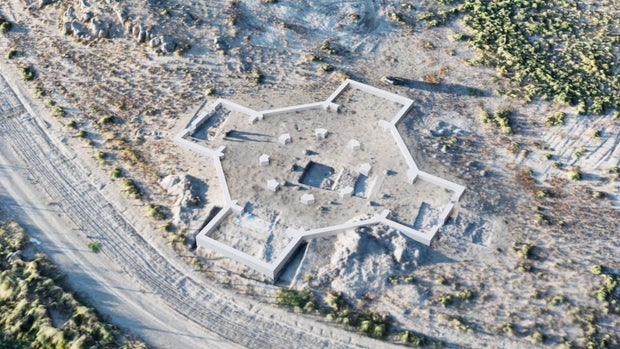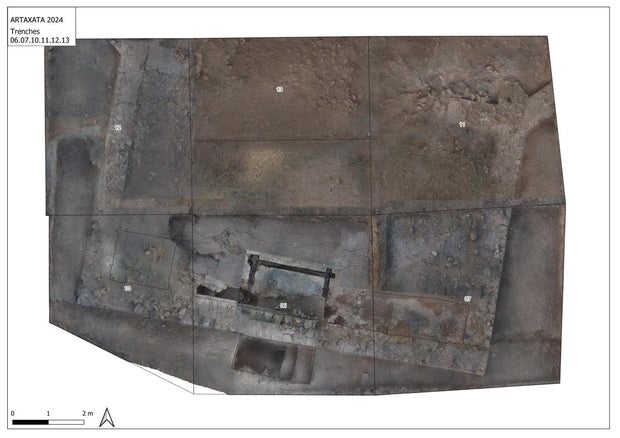World
Archaeologists uncover one of the world’s oldest churches: “Sensational testimony to early Christianity”

Archaeologists have unearthed the remains of an Armenian church dating back almost 2,000 years, making it the oldest structure of its kind in the country and one of the oldest in the world. Germany’s University of Münster, which partnered with a team at the Armenian academy of Sciences on the archaeological dig, announced the discovery Friday and called it “a sensational testimony to early Christianity in Armenia.”
The joint team of archaeologists and researchers uncovered the building during excavations in Artaxata, once a thriving metropolis and commercial center, which for several centuries before and after the common era served as the capital of the ancient Armenian kingdom. Excavations were part of the larger Armenian-German Artaxata Project, an initiative started in 2018 to study the area.
Experts believe the church found recently in Artaxata was originally built in the 4th century A.D. That timing coincides with the construction of Etchmiadzin Cathedral, also in Armenia, which is considered the ancient kingdom’s first cathedral and is often regarded as the oldest cathedral in the world.
© Armenian-German Artaxata Project
“The building, which dates back to the 4th century, is the oldest archaeologically documented church in the country — a sensational testimony to early Christianity in Armenia,” Achim Lichtenberger, a professor at the University of Münster who works on the archaeology project in Artaxata, said in a statement.
Mkrtich Zardaryan of the Armenian Academy of Sciences, who also worked on the project, noted separately that the architecture of the church may help researchers understand something new about Armenia’s history. The church is shaped like an octagon, with rectangular chambers extending out from four of the sides. It is the first octagonal church known to exist in Armenia, Zardaryan said, adding that churches with that shape typically appear in the eastern Mediterranean and can similarly date back as far as the 4th century.
The ancient church resembled early Christian memorial buildings, according to the University of Münster. It measured about 100 feet across and originally had mortar flooring, created mostly from sand and cement, with walls made from thick slabs of terracotta — a clay material that at the time was produced in places like Greece and Italy.
© Armenian-German Artaxata Project
Pieces of the original material discovered at the site of the ruins suggested the church was decorated lavishly with terracotta, likely imported from the Mediterranean. Remains of wooden platforms found along with the clay helped researchers confirm the building’s ancient origins by way of carbon dating, the university said.











